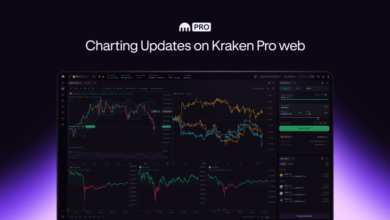The Market News Today: Wall Street Eyes Continued Growth Amid Fed’s Rate Cut Signals and Tech Surge
Wall Street Hits Record Highs on Dovish Fed, Chip Rally
Wall Street’s major indexes soared to new heights for a second consecutive day, buoyed by the Federal Reserve’s hints at potential rate cuts and a surge in chip stocks, led by Micron Technology’s encouraging forecast. The Dow approached the 40,000 milestone, boosted by upbeat economic data and strong earnings, despite Apple facing an antitrust lawsuit. Market optimism was further fueled by lower unemployment claims and robust home sales, highlighting the economy’s resilience.
Longest-Ever Yield Curve Inversion Signals Recession Risk
The U.S. Treasury yield curve, comparing two-year and 10-year bond yields, has been inverted since July 2022, surpassing a 1978 record. This inversion, a classic recession indicator, reflects investor expectations of persistent short-term high interest rates and eventual rate cuts to support a weakening economy. Despite this, the U.S. economy remains resilient, aided by high consumer savings post-Covid and the Fed’s steady rate cut outlook. Yet, this inversion traditionally signifies economic headwinds, challenging long-term investments.
Gold Retreats Slightly Amidst Rally, Fed Rate Cut Speculations
Gold’s rally briefly paused on Thursday, as spot gold dropped 0.3% to $2,180.49 after reaching a record high of $2,222.39. U.S. gold futures, however, climbed 1.1% to settle at $2,184.7. The slight pullback was influenced by a strengthening dollar and market corrections after aggressive buying. Despite this, the overall sentiment in the gold market remains bullish, fueled by anticipation of Federal Reserve’s hinted interest rate cuts in 2024 and strong central bank buying.
Oil Prices Slip Amid Gaza Ceasefire Hopes and Strong Dollar
Oil prices declined on Friday due to potential easing of Middle East tensions with a nearing Gaza ceasefire and a robust U.S. dollar, coupled with decreasing U.S. gasoline demand. Brent crude and U.S. crude futures both fell by 0.6%. The ceasefire prospect, which could stabilize regional tensions and ease crude transit, and a strong dollar, making oil costlier for foreign buyers, are key pressures. Meanwhile, U.S. gasoline demand dip indicates a potential slowdown in crude consumption.
U.S. Dollar Climbs for Second Consecutive Week Amid Global Rate Divergence
The U.S. dollar is poised for its second week of broad gains, spurred by global interest rate disparities and weaker foreign currencies. A surprising rate cut in Switzerland and steady rates by the Federal Reserve contrast sharply with other central banks, bolstering the dollar. This strength is highlighted by the yen’s drop despite Japan’s rate hike and the yuan’s fall to a four-month low, prompting intervention. The dollar’s rise is impacting various currencies, with the euro, Australian, and New Zealand dollars all falling.



